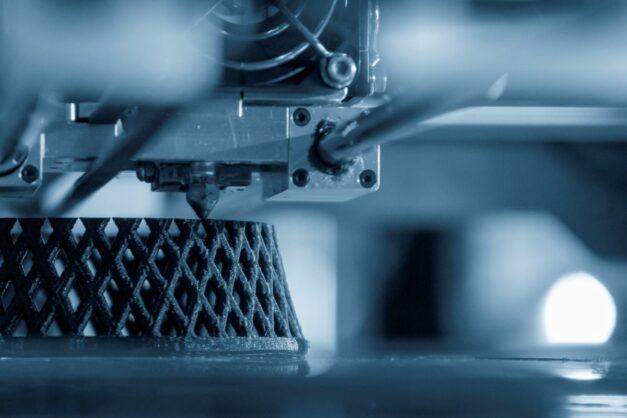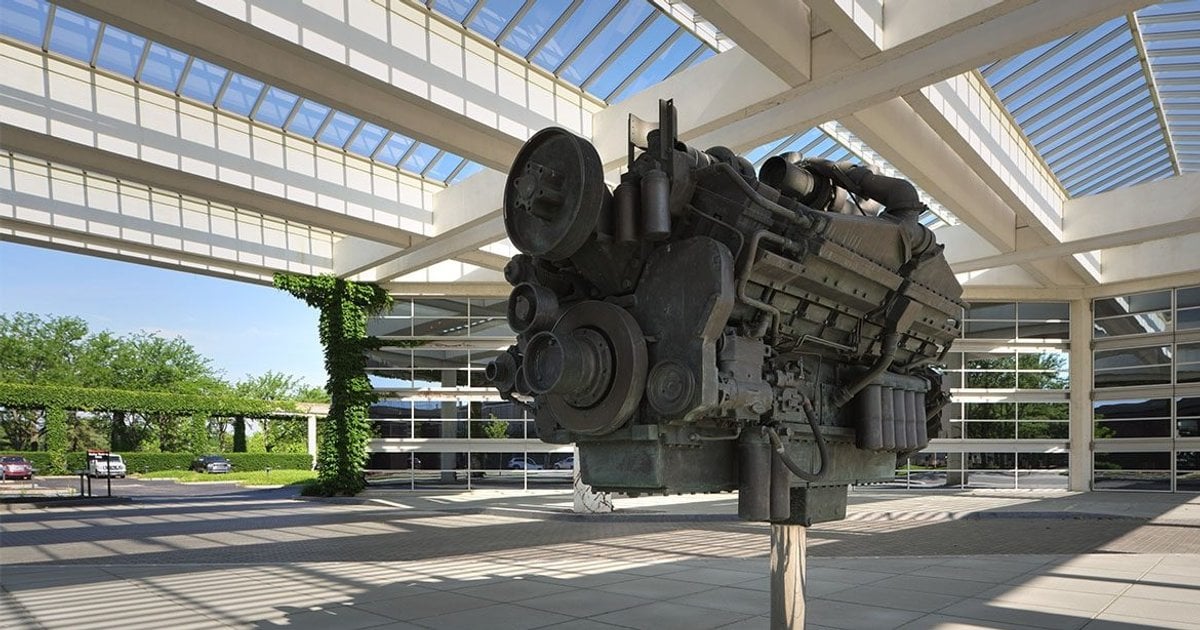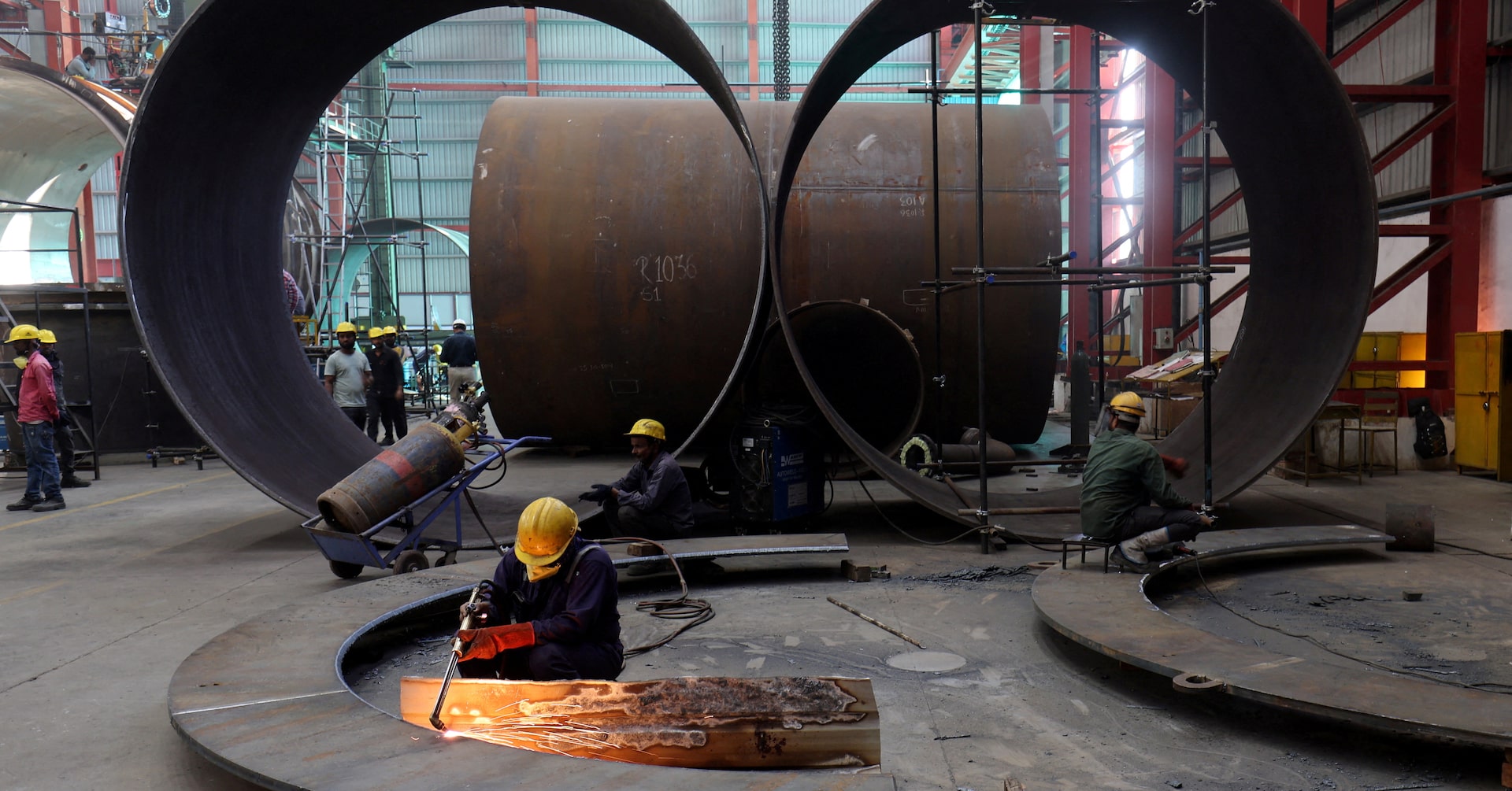Revving Up American Industry: Trump's Auto Tariffs Could Spark Manufacturing Renaissance
Manufacturing
2025-03-27 08:18:00Content

In a bold move to revitalize the American automotive industry, President Trump unveiled a sweeping new trade policy that imposes a 25% tariff on imported cars and car parts. The announcement signals a dramatic shift in the administration's approach to international trade, with the primary goal of bringing auto manufacturing jobs back to American soil.
The substantial tariff is designed to create a more favorable economic landscape for domestic automakers, potentially encouraging foreign manufacturers to establish production facilities within the United States. By making imported vehicles and components significantly more expensive, the administration hopes to level the playing field for American workers and manufacturers.
"This is about protecting American jobs and rebuilding our manufacturing base," President Trump stated during the announcement. The tariffs are expected not only to stimulate domestic job creation but also to generate additional revenue for the federal government through increased import taxes.
Industry experts are closely watching the potential ripple effects of this policy, which could fundamentally reshape the global automotive manufacturing landscape. While some anticipate increased costs for consumers, others see it as a strategic move to reinvigorate America's industrial sector.
Automotive Industry Shockwaves: Trump's Tariff Gambit Reshapes Global Manufacturing Landscape
In an unprecedented move that sent tremors through the global automotive ecosystem, the Trump administration unveiled a controversial strategy targeting international vehicle and component manufacturers, signaling a dramatic shift in trade policy and economic protectionism.A Bold Economic Intervention Poised to Redefine Manufacturing Dynamics
The Tariff Mechanism: Unpacking the Economic Strategy
The implementation of a sweeping 25% tariff on imported automobiles and automotive components represents a calculated economic maneuver designed to fundamentally restructure the United States' manufacturing infrastructure. By imposing substantial financial barriers, the administration aims to create a more favorable environment for domestic automotive production, incentivizing manufacturers to relocate operations within American borders. Economists and industry analysts have been quick to dissect the potential ramifications of this aggressive trade intervention. The tariffs create a complex economic landscape where international manufacturers must carefully evaluate the financial implications of maintaining existing global supply chains versus pivoting towards domestic production strategies.Domestic Manufacturing Renaissance: Potential Economic Implications
The proposed tariffs could potentially trigger a significant transformation in the automotive manufacturing sector. By increasing the cost of imported vehicles and components, the policy creates a compelling economic argument for establishing manufacturing facilities within the United States, potentially generating thousands of domestic jobs and reinvigorating local industrial ecosystems. However, the strategy is not without potential drawbacks. Increased production costs could ultimately be passed onto consumers, potentially making vehicles more expensive and potentially dampening consumer demand. The delicate balance between protectionist policies and market competitiveness remains a critical consideration.Global Trade Dynamics and Retaliatory Potential
International automotive manufacturers and trading partners are likely to view these tariffs as a provocative economic maneuver. The potential for retaliatory trade measures looms large, with countries potentially implementing counter-tariffs that could escalate into a more complex global trade confrontation. The geopolitical chess match surrounding these tariffs extends beyond mere economic calculations, touching on broader themes of national sovereignty, industrial policy, and international economic relationships. Each potential response carries significant diplomatic and economic implications.Technological and Innovation Considerations
Beyond immediate economic impacts, the tariffs could potentially accelerate technological innovation within the domestic automotive sector. By creating a more protected economic environment, American manufacturers might be incentivized to invest more aggressively in research and development, potentially positioning the United States as a more competitive player in emerging automotive technologies. The policy could serve as a catalyst for developing more advanced manufacturing capabilities, potentially spurring investments in electric vehicle technology, autonomous driving systems, and other cutting-edge automotive innovations.Consumer and Market Perspectives
Consumers find themselves at the intersection of this complex policy landscape. While the tariffs aim to protect and promote domestic manufacturing, they simultaneously introduce potential complications in vehicle pricing, availability, and technological diversity. The automotive market's response will be crucial in determining the long-term effectiveness of this economic intervention. Manufacturers will need to carefully navigate these new regulatory waters, balancing economic constraints with consumer expectations and technological advancements.RELATED NEWS
Manufacturing

From Factory to Shelf: The Hidden Revolution in Consumer Goods Manufacturing
2025-05-07 06:52:00
Manufacturing

From Factory Floor to Classroom: How One STC Alumnus Transforms Industrial Expertise into Learning
2025-04-16 21:12:28





